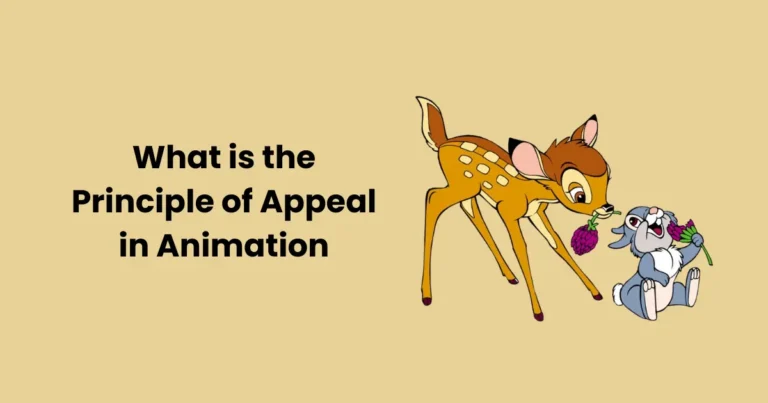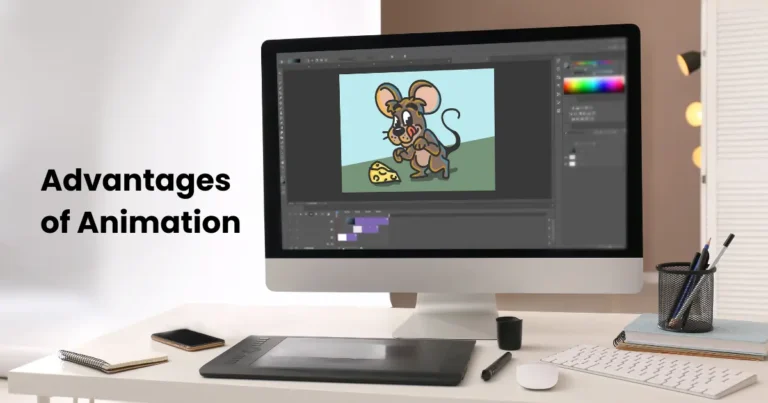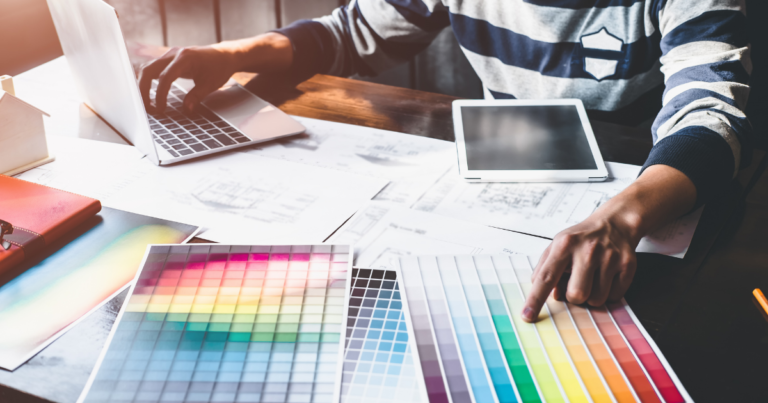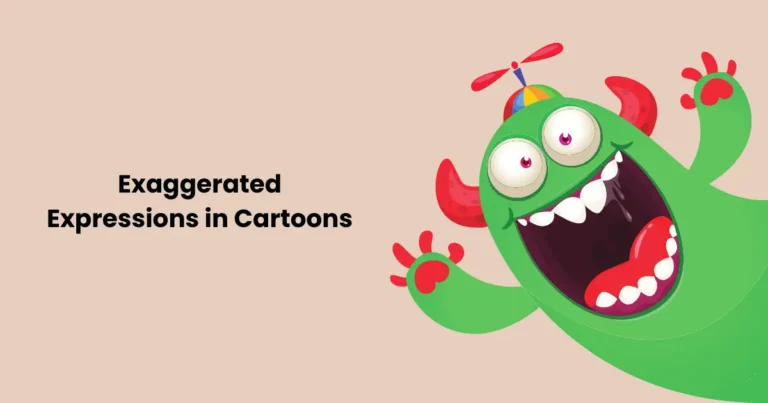How to find your art style | Best tips to descover your artistic style in 2025
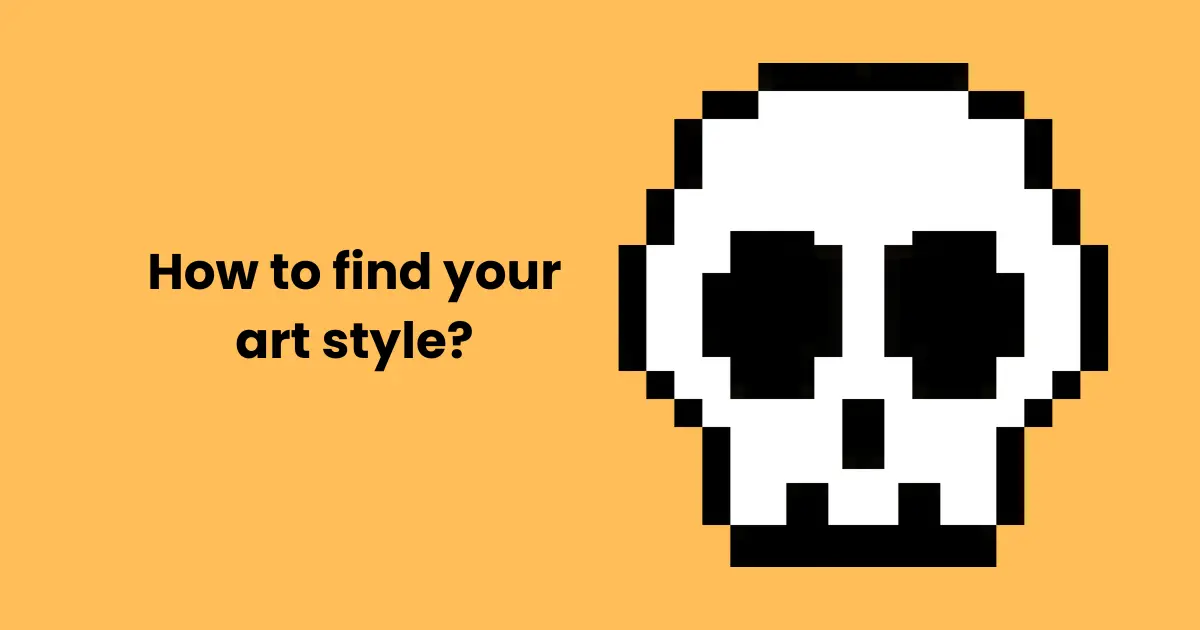
Contents
- 1 What Is an Art Style?
- 2 How to Find Your Art Style
- 2.1 Step 1: Explore Different Art Styles
- 2.2 Step 2: Understand Your Preferences and Influences
- 2.3 Step 3: Experiment With Mediums and Techniques
- 2.4 Step 4: Reflect on Your Unique Perspective
- 2.5 Step 5: Embrace Trial and Error
- 2.6 Common Mistakes When Searching for an Art Style
- 2.7 Tips to Stay Motivated While Discovering Your Art Style
- 2.7.1 1. Celebrate Small Wins
- 2.7.2 2. Surround Yourself With Inspiration
- 2.7.3 3. Connect With Other Artists
- 2.7.4 4. Focus on the Process, Not the Outcome
- 2.7.5 5. Take Breaks When Needed
- 2.7.6 6. Document Your Progress
- 2.7.7 7. Set Manageable Goals
- 2.7.8 8. Embrace Feedback, but Stay True to Yourself
- 2.7.9 9. Find Joy in Creating
- 2.7.10 10. Remind Yourself Why You Started
- 2.8 How to Evolve Your Art Style Over Time
- 2.9 Conclusion
Finding your art style is one of the most fulfilling journeys an artist can undertake. It’s not just about creating visually appealing work; it’s about expressing your unique identity and perspective. Your art style defines how you interpret the world and how others recognize your work, making it essential for both personal satisfaction and professional success.
The process of discovering how to find your art style is not a one-size-fits-all approach. It’s a path of exploration, experimentation, and growth that allows you to connect with your creative essence. Some artists discover their style early on, while others take years of practice and reflection. Regardless of the timeline, every step you take brings you closer to unveiling the creative voice that is uniquely yours.
In this article, we’ll guide you through understanding what an art style is, why it’s important, and the practical steps you can take to develop yours. Whether you’re a beginner or a seasoned artist looking for a creative refresh, this guide will help you navigate the journey of how to find your art style.
What Is an Art Style?
An art style is a unique way an artist expresses their creativity, characterized by distinct techniques, visual elements, and personal influences. It encompasses everything from how you use color and line to the themes and emotions you convey through your work. An art style is like a signature—it makes your creations recognizable and reflects your personality, skills, and preferences.

Examples of Popular Art Styles
Art styles vary widely and can range from realistic to abstract. Here are some well-known styles to inspire you as you explore how to find your art style:
- Realism: A highly detailed style focused on representing subjects as they appear in real life.
- Impressionism: Emphasizes light and color over precise detail, capturing the feeling of a moment.
- Cubism: A geometric and fragmented approach to representing reality, often associated with Pablo Picasso.
- Surrealism: Blends reality with dreamlike elements to create imaginative and often bizarre scenes.
- Minimalism: Focuses on simplicity and essential elements, removing unnecessary details.
- Anime and Manga: A popular Japanese art style with vibrant characters, exaggerated features, and dynamic storytelling.
These styles demonstrate the diversity of artistic expression and show how finding your art style involves identifying what resonates with you. By exploring and experimenting, you can develop a style that feels authentic and represents your creative voice.
Finding your art style is not about choosing a predefined category but blending influences to create something truly unique. Keep this in mind as you explore the steps to discovering your style.
Why Finding Your Art Style Is Important
Establishing Identity as an Artist
Your art style is more than just a technique or aesthetic—it’s a reflection of who you are as an artist. It allows you to infuse your work with your personality, experiences, and unique perspective. When you find your art style, you create a recognizable identity that sets you apart from others. This identity helps your audience connect with your work on a deeper level, fostering loyalty and appreciation.
Differentiation in the Creative Market
In today’s highly competitive art world, having a distinct art style is crucial for standing out. Whether you’re pursuing a career in animation, illustration, graphic design, or fine art, your style serves as your visual brand. Clients, employers, and collectors are more likely to notice and remember your work if it has a consistent and unique appeal. Learning how to find your art style is a key step in establishing a professional presence in the creative industry.
Boosting Confidence and Consistency
Having a defined art style brings clarity and confidence to your creative process. It helps you make decisions about color, composition, and subject matter more intuitively, leading to a smoother workflow. Additionally, a consistent style allows you to build a cohesive portfolio that demonstrates your skills and vision, making it easier to attract opportunities.
Encouraging Self-Expression
Your art style is your visual voice—it’s how you communicate emotions, ideas, and stories to the world. By discovering your style, you unlock the ability to express yourself authentically and confidently. This self-expression can be both therapeutic and empowering, enabling you to connect with your audience and inspire others.
In short, finding your art style is essential for personal growth, creative fulfillment, and professional success. It’s a journey worth taking to uncover the unique artist within you.
How to Find Your Art Style
Step 1: Explore Different Art Styles
Start by immersing yourself in various art styles to understand what resonates with you. Study works from different periods, cultures, and artists. Explore genres like realism, abstract, surrealism, and digital art. This exploration will help you identify styles and elements that inspire you and guide your journey toward how to find your art style.

Step 2: Understand Your Preferences and Influences
Reflect on the things you naturally gravitate toward in art. Ask yourself:
- What colors and shapes catch your eye?
- Are you drawn to detailed work or bold, simplified forms?
- Which themes or subjects do you enjoy creating?
Consider influences from your environment, personal experiences, or even favorite movies and books. Recognizing these preferences will help you shape a style that feels authentic.
Step 3: Experiment With Mediums and Techniques
Try working with different mediums, such as watercolors, digital tools, charcoal, or mixed media. Each medium offers unique possibilities that can influence your artistic voice. Experimentation with techniques—like brush strokes, line work, or layering—can reveal new aspects of your creativity and lead you closer to your art style.
Step 4: Reflect on Your Unique Perspective
Your art style should reflect your personal story and individuality. Consider what makes you unique and how you can express it visually. For example, are there cultural elements or life experiences you can incorporate into your work? Drawing from your perspective adds depth and authenticity to your style.
Step 5: Embrace Trial and Error
Finding your art style is a process of trial and error. Don’t be afraid to make mistakes or create pieces that don’t feel perfect. Each attempt brings you closer to refining your style. Over time, patterns and preferences will emerge naturally, revealing your unique approach to art.
Bonus Tip: Keep a Sketchbook
A sketchbook is a safe space to experiment, practice, and document your creative journey. Use it to jot down ideas, try out new techniques, or mimic the styles of artists you admire. Reviewing your sketchbook over time can help you spot recurring themes and motifs that define your style.
Remember, discovering how to find your art style is a journey, not a destination. The process is as important as the result, so enjoy exploring your creativity and letting your style evolve naturally.
Common Mistakes When Searching for an Art Style

1. Copying Instead of Adapting
While studying other artists is essential, simply copying their work won’t lead you to discover your art style. It’s easy to fall into the trap of imitating popular artists, but this can stifle your creativity. Instead, use their work as inspiration. Analyze what you like about their style—whether it’s the use of color, composition, or subject matter—and adapt these elements into your unique approach.
2. Focusing Too Much on Trends
Chasing art trends can divert you from creating something meaningful and personal. Trends often change quickly, and relying on them can make your work feel inconsistent or outdated. Instead, focus on developing a style that resonates with you, even if it’s not currently “in demand.” Timeless art comes from authenticity, not fleeting fads.
3. Fear of Standing Out
Many artists hesitate to fully embrace their quirks or unconventional ideas, fearing they might not be accepted. However, your individuality is what makes your art memorable. Suppressing your unique traits in favor of “playing it safe” can prevent you from finding your true style.
4. Overthinking the Process
Some artists get stuck in the mindset that their art style needs to be perfect from the start. This pressure can lead to creative blocks or excessive self-criticism. Remember, finding your art style is a journey of exploration. Allow yourself the freedom to make mistakes and experiment without worrying about immediate results.
5. Neglecting Skill Development
An art style builds on your foundational skills, such as anatomy, perspective, color theory, and composition. Rushing to define your style without mastering these basics can limit your creative potential. Take time to refine your technical abilities; a strong skill set provides a solid foundation for developing a unique style.
6. Comparing Yourself to Others
It’s common to compare your progress to other artists, but this can lead to self-doubt and frustration. Everyone’s journey in discovering how to find their art style is different. Instead of comparing, focus on your growth and celebrate small achievements along the way.
7. Avoiding Self-Reflection
Your art style should reflect your personality, experiences, and emotions. Failing to spend time reflecting on what inspires and motivates you can result in work that feels disconnected. Regularly evaluate your art and ask yourself if it truly represents who you are as an artist.
8. Being Impatient
Finding your art style takes time and consistent effort. Expecting instant results can lead to frustration and discouragement. Embrace the process as an evolving journey and permit yourself to grow at your own pace.
By avoiding these common mistakes, you can approach your artistic journey with a more open mind and a greater sense of purpose. Learning how to find your art style is not about perfection; it’s about discovering what makes your creative voice unique.
Tips to Stay Motivated While Discovering Your Art Style

1. Celebrate Small Wins
The journey to finding your art style can feel overwhelming at times, but recognizing and celebrating small achievements can keep you motivated. Whether it’s mastering a new technique, completing a sketch, or identifying a recurring theme in your work, acknowledging progress helps maintain enthusiasm.
2. Surround Yourself With Inspiration
Stay inspired by curating an environment that fuels your creativity. Create mood boards with artwork you admire, collect inspiring objects, or follow artists whose work resonates with you. Regular exposure to different styles and ideas can ignite your imagination and encourage exploration.
3. Connect With Other Artists
Joining art communities, whether online or in-person, can provide valuable support and encouragement. Sharing your journey, learning from others, and receiving constructive feedback can help you stay engaged and motivated. Conversations with fellow artists often lead to fresh perspectives and new ideas.
4. Focus on the Process, Not the Outcome
It’s easy to become fixated on the end goal of “finding your art style,” but this can lead to frustration. Shift your focus to enjoying the creative process instead. Experiment with new materials, techniques, and ideas without worrying about perfection. Remember, your style will naturally evolve.
5. Take Breaks When Needed
Creative burnout is real, and pushing yourself too hard can sap your motivation. If you’re feeling stuck, step away from your work for a while. Engage in activities that relax and recharge you, such as taking a walk, reading, or listening to music. Sometimes, giving yourself space is all you need to return to your art with renewed energy.
6. Document Your Progress
Keep a journal or sketchbook to record your creative journey. Include sketches, notes about your inspirations, and reflections on what you’ve learned. Looking back at your progress can be incredibly motivating, as it shows how far you’ve come and highlights patterns in your developing style.
7. Set Manageable Goals
Break down the process into smaller, actionable steps. For example, dedicate one week to experimenting with a specific medium or exploring a new style. Setting short-term goals makes the journey more manageable and helps you maintain focus without feeling overwhelmed.
8. Embrace Feedback, but Stay True to Yourself
Constructive criticism can be valuable, but remember that your art style is personal. While feedback can help you grow, don’t let it steer you away from what feels authentic to you. Use suggestions as tools for improvement, not as directives to change your creative direction entirely.
9. Find Joy in Creating
Ultimately, art should bring you joy. Focus on what makes you happy, whether it’s doodling, painting landscapes, or experimenting with abstract forms. When you enjoy the act of creating, staying motivated becomes much easier.
10. Remind Yourself Why You Started
Whenever you feel discouraged, reflect on why you began creating art in the first place. Reconnecting with your passion and purpose can reignite your motivation and remind you of the value in discovering your unique art style.
Staying motivated while finding your art style is all about balance—embracing challenges, celebrating progress, and allowing yourself the freedom to grow. Keep exploring, and your persistence will eventually lead you to a style that feels truly yours.
How to Evolve Your Art Style Over Time

1. Keep Experimenting With New Techniques
Even after finding your art style, experimenting with new mediums, tools, and techniques is essential to keep your work fresh and dynamic. This helps you avoid creative stagnation and allows your style to naturally evolve. For example, if you primarily work in watercolors, try incorporating digital elements or textured papers to see how it transform your art.
2. Draw Inspiration From Different Sources
Expand your creative horizons by exploring new sources of inspiration. Study art from different cultures, immerse yourself in nature or draw from life experiences. Diversifying your influences can spark new ideas and subtly shift the direction of your art style.
3. Embrace Feedback and Collaboration
Working with other artists or receiving constructive feedback can open your eyes to possibilities you may not have considered. Collaboration often leads to innovative ideas, encouraging your art style to grow in unexpected ways.
4. Document Your Progress
Keep a chronological record of your work to reflect on how your style has changed over time. This documentation helps you identify elements that resonate most with you and which aspects of your style you want to develop further.
5. Push Yourself Out of Your Comfort Zone
Deliberately challenge yourself by tackling subjects, themes, or techniques you wouldn’t normally attempt. For instance, if you typically focus on character design, try creating an intricate landscape. These challenges encourage growth and lead to the discovery of new facets in your art style.
6. Stay Open to Trends Without Losing Authenticity
While it’s important to stay true to your creative voice, engaging with artistic trends can provide fresh ideas. For instance, experimenting with a trending color palette or theme can inspire updates to your style without compromising its uniqueness.
7. Incorporate Feedback From Your Audience
If you share your work with an audience, listen to their reactions and comments. While your style should reflect your vision, understanding what resonates with others can guide your evolution.
8. Learn Continuously
Take courses, attend workshops, or follow tutorials to learn new skills and approaches. Continuous learning ensures that your art style evolves in step with your growing technical abilities.
9. Revisit Old Works
Recreating or reinterpreting your earlier works is a great way to measure how your art style has evolved. This process often reveals new ways to improve your technique and incorporate recent influences into your style.
10. Allow Your Style to Be Fluid
Your art style doesn’t have to be static. Embrace change as a natural part of your artistic journey. Allow your preferences, inspirations, and techniques to shift as you grow both as an artist and an individual.
11. Stay True to Your Core Essence
As you evolve, ensure that your art style remains a reflection of your unique voice. Keep the elements that define your work and feel authentic to you, even as you experiment and grow.
Conclusion
Finding and evolving your art style is a deeply personal journey that reflects your growth as an artist. It’s not just about creating visually appealing work but also about expressing your unique identity and emotions through your creations. Your art style serves as your signature, making your work recognizable and allowing you to connect with your audience on a meaningful level. While the process of discovering your style can take time and involve challenges, it is also an opportunity to explore, experiment, and learn more about yourself as an artist.
As your skills and inspirations evolve, so will your art style. Embrace the changes as part of your creative journey, and don’t be afraid to step out of your comfort zone. Remember that your style is not a fixed endpoint but a dynamic reflection of your experiences, preferences, and creative voice. By staying motivated, continuously learning, and remaining authentic, you’ll develop a distinctive art style that grows with you and resonates with others.

